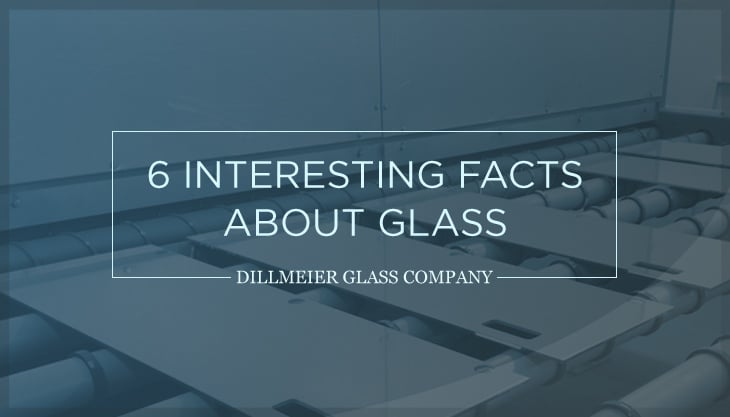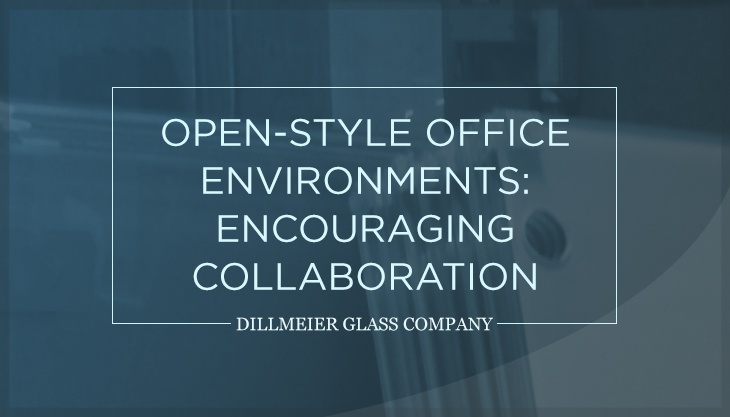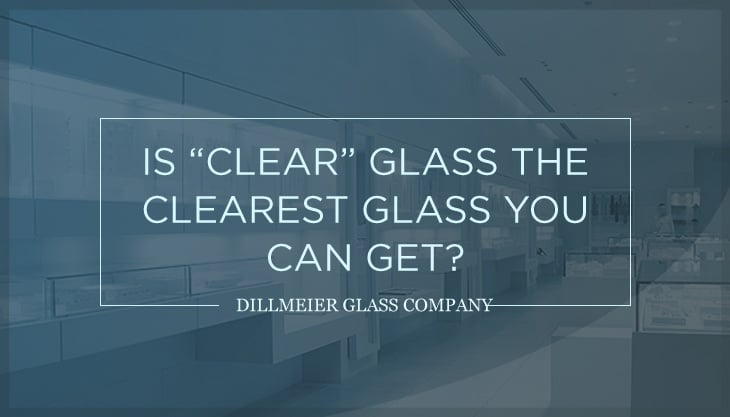6 Interesting Facts About Glass


Most people don’t give glass enough credit. Stop to think about it, however, and it becomes crystal clear: Glass can be found pretty much anywhere—in residential homes, commercial offices, restaurants, universities, and sports arenas, among many other venues. Plus, this incredibly versatile and useful material is not solely a human creation. But we’ll get into that in a minute!
Here are six fun and interesting facts about glass you may not have known:
1. The majority of the glass you see in commercial and residential spaces has been tempered.
This includes glass office walls and railings, ice hockey boards, shower doors, table tops, and entrance doors. Tempering is a process in which glass is heated in a tempering oven to more than 600 degrees Celsius and then quickly cooled, also known as quenching. Doing so causes the outer layer to cool faster than the inner layer, which creates tension. As a result, tempered glass is stronger and even more durable than regular glass.
2. People have been making glass for thousands of years. But nature has been creating it longer.
As discussed by the nonprofit Corning Museum of Glass, man-made glass can be traced back approximately 4,000 years ago in Mesopotamia when people discovered they could combine sand, soda and lime to create this transparent material. However, the Corning, NY-based museum explains that human interference isn’t necessary to make glass. Some examples of glass in nature occur when: “Volcanoes spew molten rock, lightning strikes desert and beach sands, meteorites pound the earth, and sea sponges and microscopic organisms inhabit the waters.” Whoa.
3. The first glass factory in America opened in Jamestown, Virginia.
According to the National Park Service, a division of the U.S. Department of the Interior, colonists in Jamestown, Va. established the first glass factory in the New World in 1608, hoping to take advantage of the growing demand for the material. The types of glass products sold and the factory’s overall success is unknown.
4. Regular “clear” glass isn’t all that clear.
Although regular glass doesn’t necessarily have high iron content, it contains enough to leave a greenish tint. This is why many commercial glass manufacturers typically recommend using low-iron glass, which has 5 to 6 percent higher light transparency. This is done by decreasing the amount of iron included in the molten glass formula.
5. Frosted glass is created by using hydrofluoric acid.
Have you ever wondered how that frosted entrance door of your office building was made? In order to get that specific look, glass manufacturers must use hydrofluoric acid. The process of treating glass with this solution is known as acid-etching.
6. Glass can be recycled over and over again.
The Glass Packaging Institute (GPI), a trade association that promotes glass use and recycling, explains that unlike some other materials, “glass can be recycled endlessly with no loss in quality or purity,” which is great for the environment. For instance, the GPI points out that by recycling this material, you are helping save natural resources, such as sand, limestone and feldspar, and decrease carbon dioxide levels.


